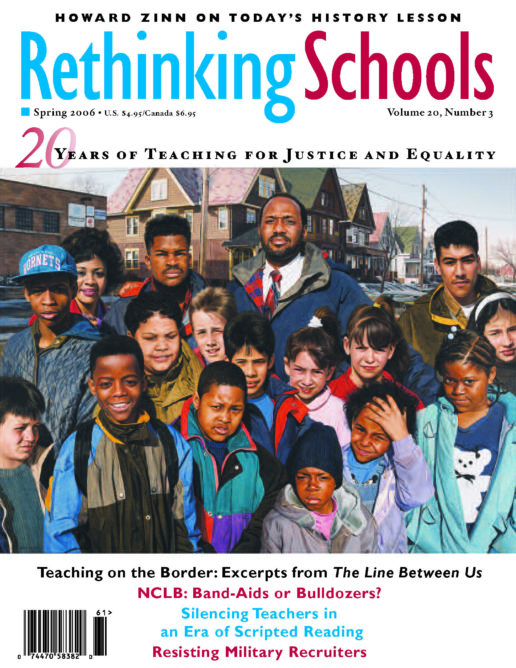A Brief History of Milwaukee’s Voucher Program
Milwaukee’s voucher program started 16 years ago as a nominal experiment involving 341 low-income students and seven schools. In many ways, the legislature viewed it as a sympathy measure toward a handful of struggling but respected community-based schools.
But the financial and ideological backers of vouchers had their sights on a bigger prize: a voucher program that would include religious schools and, over time, could rival the power of public schools. If dreams were to become reality, it would also usher in a universal voucher system to fund education.
That bigger prize is alarmingly close in Milwaukee. Given the program’s recent expansion by the state’s Republican-controlled legislature (abetted by a Democratic governor fearful of losing re-election next November), the voucher program could become the state’s fourth largest school system.
Voucher proponents in Milwaukee have pushed for continued expansion. When the program began in 1990, voucher schools could only have 49 percent of their students receiving publicly funded vouchers. The theory was that the schools could still be considered “private,” and that the private-paying students could help ensure quality. In addition, a cap was set and the number of voucher slots could not exceed 1.5 percent of the enrollment of the Milwaukee Public Schools (MPS). By 1995, schools were allowed to be 100 percent dependent on voucher students and public dollars (yet still call themselves “private” schools).
The most important expansion was in 1998, when religious schools were allowed to participate and voucher enrollment was allowed to grow to 15 percent of the MPS enrollment, or about 15,000 students.
By 2005, enrollment was butting against the 15,000-student limit and voucher supporters once again went to the state legislature demanding expansion.
Once again, the legislature complied and the program will now be able to grow to 22,500 students. In addition, it loosened income guidelines so families with incomes at 220 percent of the federal poverty level can remain in.
But the expansion has not been met with increased public accountability. There are rhetorical nods — for instance, voucher students will take an as-yet undetermined standardized test. But the test will not be the same as those taken by public school students. In addition, the results will be for use in a private study and the data will not be released on a school-by-school basis.
Overall, public accountability remains almost nonexistent. The following are areas where voucher schools do not have to meet the same requirements as public schools; none of these exemptions will change under the new law.
- Voucher schools are not required to hire college graduates, let alone certified teachers.
- Voucher schools do not have to abide by open meetings and records laws. Thus they are not required to disclose attendance, suspension, or dropout rates.
- Voucher schools do not have to give the statewide tests required of public schools. Even when students are tested, the schools do not have to release the results publicly.
- Voucher schools do not have to respect constitutional rights such as free speech and due process. As a result, voucher schools can suspend or expel students at will.
- Voucher schools do not have to abide by state laws prohibiting discrimination on the basis of pregnancy, marital status, or sexual orientation.
- Voucher schools do not have to provide the same level of special educational services. Less than 2 percent of Milwaukee’s private school students require special education — in contrast to almost 17 percent of MPS students.
Overall, Milwaukee perfectly exemplifies the strategy articulated in a 1998 strategy paper for the Milton and Rose D. Friedman Foundation, which said targeted voucher programs for low-income families are merely a “beachhead” in “the long march to universal school choice.”
In other words, “Give ’em an inch and they’ll ultimately take a mile.”

